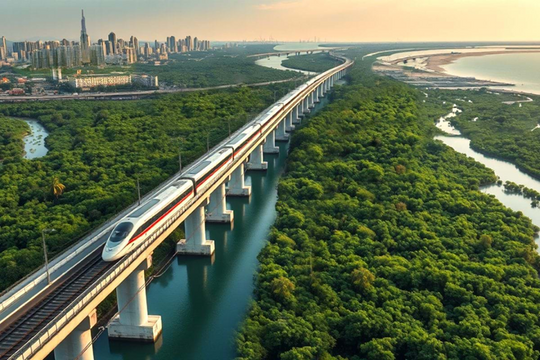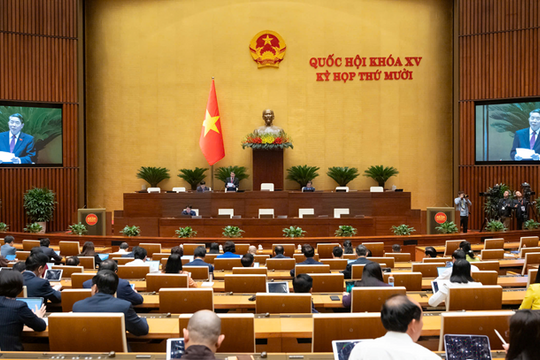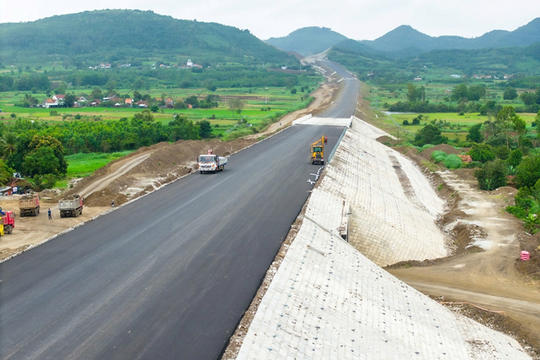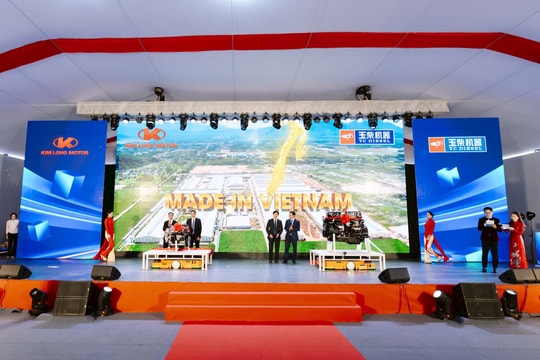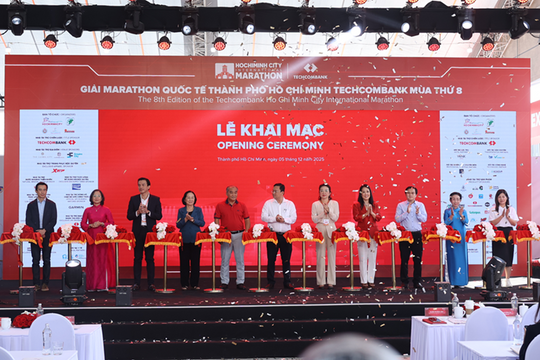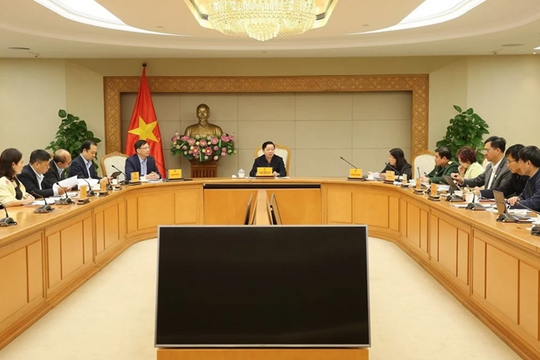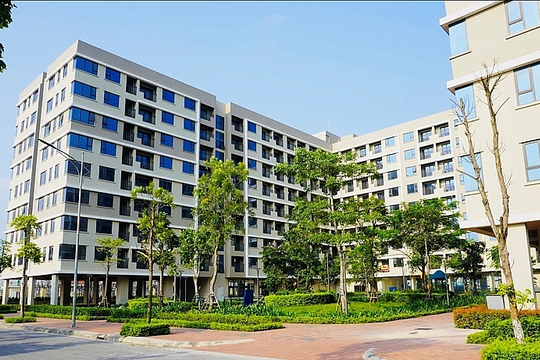Art has always reflected life and conveyed human emotions throughout the ages. In the modern context, canvas paintings have emerged as a harmonious fusion of traditional techniques and the bold creativity of contemporary art.
.jpg)
.jpg)
The history and techniques of creating canvas paintings are intertwined with the evolution of art itself. Since the 16th century, canvas has been used as a perfect replacement for wood and paper due to its durability, light weight, and ease of transportation. Renaissance artists like Leonardo da Vinci and Michelangelo chose canvas as the medium for their iconic masterpieces. This material not only preserves colors over time but also provides a smooth surface ideal for intricate details. Over the years, canvas has been continuously improved, evolving from natural materials like cotton and linen to synthetic options such as polyester, offering artists and users a broader range of choices.
.jpg)
.jpg)
Moreover, modern canvas printing technology faithfully reproduces every detail, from intricate lines to subtle color gradients, ensuring that each painting remains vibrant and lifelike. Canvas paintings are also praised for their eco-friendliness, being easily recyclable and free from harmful chemicals.
The influence of canvas paintings extends far beyond art galleries and exhibitions, permeating everyday living spaces. Widely used in cafes, restaurants, and hotels, canvas paintings have become key elements in creating warm and distinctive atmospheres. For artists, canvas is more than a material; it is an ideal "companion," enabling them to freely explore and experiment with various styles, from realism and abstraction to bold contemporary designs.
.jpg)
.jpg)
Amid the ever-flowing currents of art, canvas paintings have proven their unique value by seamlessly blending classical beauty with modern functionality. They are not merely a medium but a symbol of creativity, bringing art into everyday life in an accessible and meaningful way.
* www.artfarm.vn
* [email protected]
* Price does not include VAT 8%


.jpg)
.jpg)
.jpg)
.jpg)
.jpg)
.jpg)
.jpg)
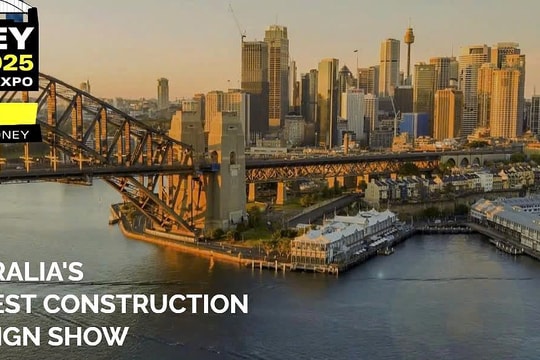
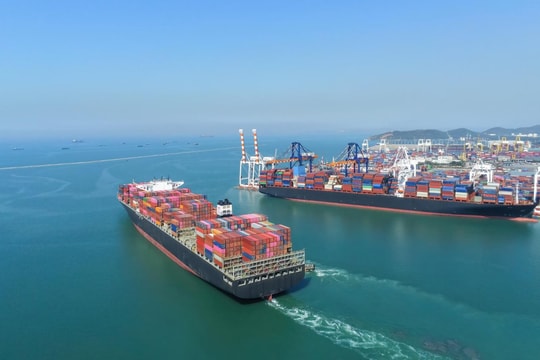

.png)
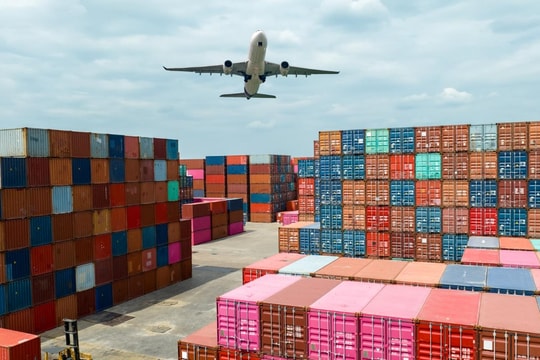

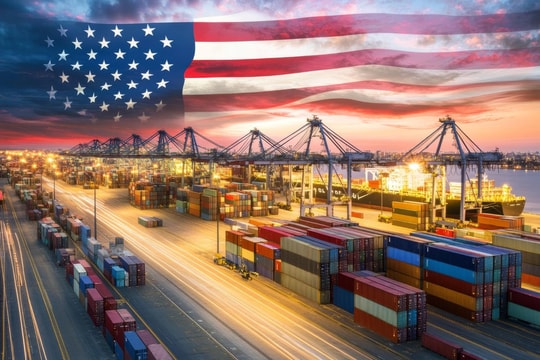
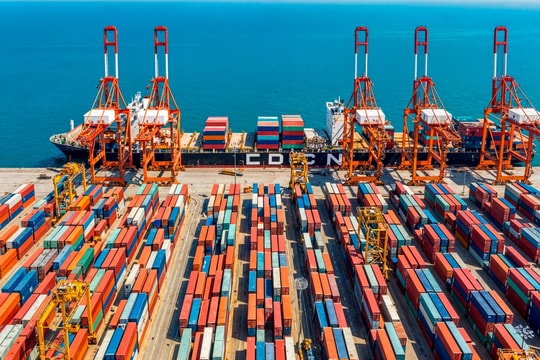
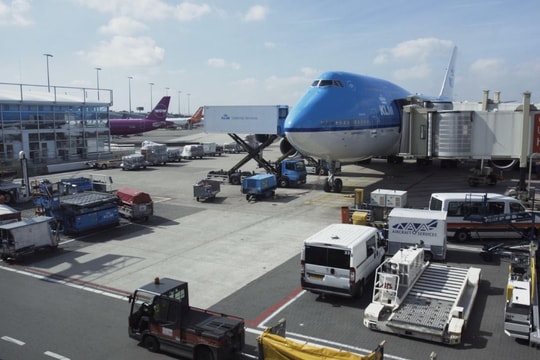
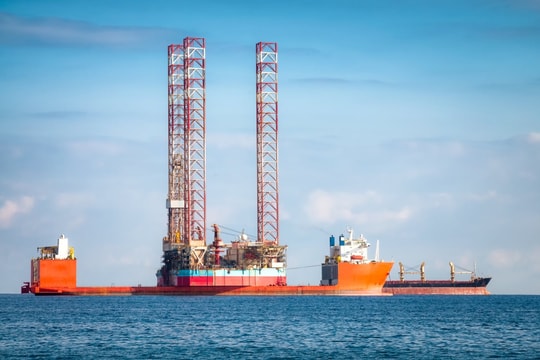
.png)

